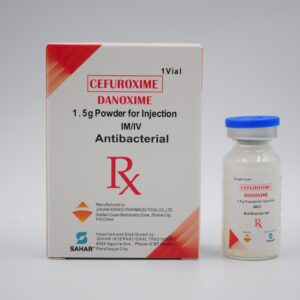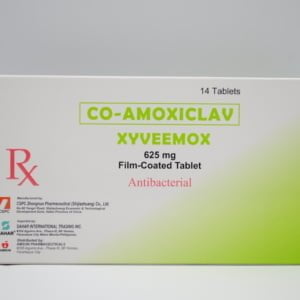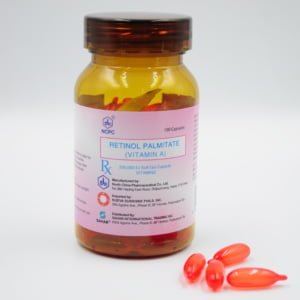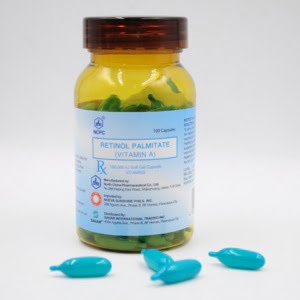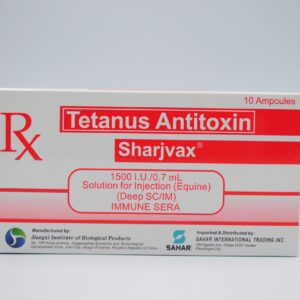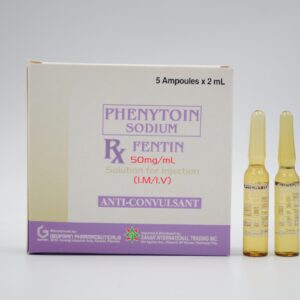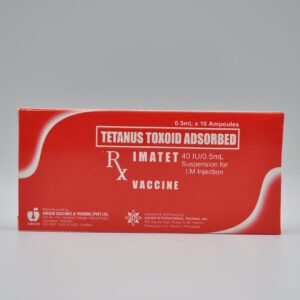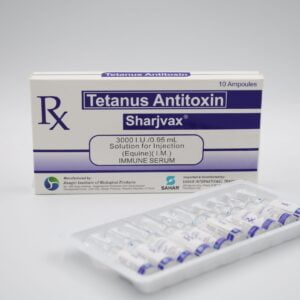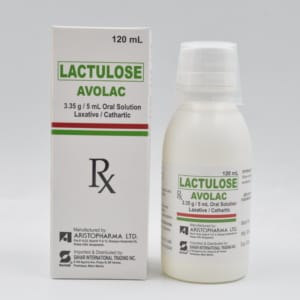Amcetyl 600 mg
Amcetyl 600 mg
Amcetyl 600 mg is a prescription-grade acetylcysteine powder for oral solution. It’s an effective mucolytic for respiratory conditions and a vital life-saving treatment in acetaminophen overdose due to its liver-protective action. Its use should always follow medical guidelines to ensure correct dosing and monitor for side effects like bronchospasm or allergic reactions.
Primary uses:
-
Mucolytic therapy: Helps thin and loosen thick mucus in respiratory conditions like chronic bronchitis, COPD, cystic fibrosis, acute respiratory infections, and sinusitis
-
Acetaminophen overdose antidote: Replenishes glutathione to reduce liver damage in overdoses.
-
Typical dosage:
-
For mucus clearance: 600 mg once or twice daily, based on clinical guidance.
-
For overdose: High-dose regimens (e.g., 140 mg/kg initially then maintenance doses per protocol) under medical supervision.
-
-
Mechanism of action: Breaks disulfide bonds in mucoproteins to reduce mucus viscosity and boosts antioxidant activity by increasing glutathione production.
-
Common side effects: Nausea, vomiting, abdominal discomfort, rash; may trigger bronchospasm in asthma patients; hypersensitivity reactions are rare.
-
Precautions:
-
Use with caution in asthma due to risk of bronchospasm.
-
Avoid in patients with GI ulcers or known hypersensitivity.
-
Monitor patients when using as an antidote, especially in overdose cases under clinical supervision.
-
Amcetyl 600 mg is a prescription-grade acetylcysteine powder for oral solution. It’s an effective mucolytic for respiratory conditions and a vital life-saving treatment in acetaminophen overdose due to its liver-protective action. Its use should always follow medical guidelines to ensure correct dosing and monitor for side effects like bronchospasm or allergic reactions.
Primary uses:
-
Mucolytic therapy: Helps thin and loosen thick mucus in respiratory conditions like chronic bronchitis, COPD, cystic fibrosis, acute respiratory infections, and sinusitis
-
Acetaminophen overdose antidote: Replenishes glutathione to reduce liver damage in overdoses.
-
Typical dosage:
-
For mucus clearance: 600 mg once or twice daily, based on clinical guidance.
-
For overdose: High-dose regimens (e.g., 140 mg/kg initially then maintenance doses per protocol) under medical supervision.
-
-
Mechanism of action: Breaks disulfide bonds in mucoproteins to reduce mucus viscosity and boosts antioxidant activity by increasing glutathione production.
-
Common side effects: Nausea, vomiting, abdominal discomfort, rash; may trigger bronchospasm in asthma patients; hypersensitivity reactions are rare.
-
Precautions:
-
Use with caution in asthma due to risk of bronchospasm.
-
Avoid in patients with GI ulcers or known hypersensitivity.
-
Monitor patients when using as an antidote, especially in overdose cases under clinical supervision.
-


